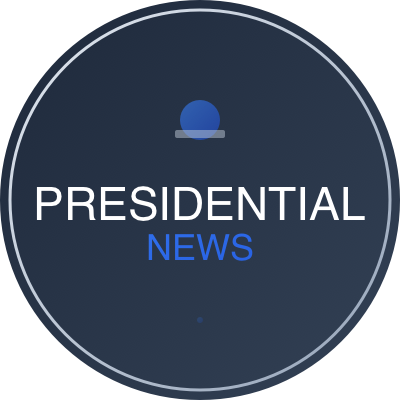NextFin news, On November 7, 2025, the U.S. Supreme Court convened in Washington, D.C. to hear arguments concerning the legality of tariffs imposed under President Donald Trump’s administration. Central to the proceedings was a constitutional challenge questioning the scope of presidential authority in imposing sweeping trade measures without explicit Congressional approval. Justice Clarence Thomas notably interrogated the Democratic lawyer representing the challengers, focusing on how embargoes—a historically wielded executive power—compare and contrast with tariffs in terms of constitutional and statutory authority.
Justice Thomas posed pointed questions about the legal foundations permitting embargoes, implying that if embargoes have been recognized as valid executive actions, tariffs imposed under the Trump administration’s authority might similarly be sustained. The hearing involved detailed legal debate on the interplay between the Trade Act of 1974, international trade laws, and the president’s emergency economic powers, which the Trump administration invoked to justify tariffs aimed at protecting U.S. industries. The Democratic lawyer acknowledged these precedents but argued for stricter limits on tariff use, citing concerns over economic distortion and Congressional prerogatives.
This hearing in the nation’s highest court reflects ongoing tensions regarding trade policy authority amid President Donald Trump’s assertive approach since taking office in January 2025. Critics argue many tariffs have disrupted global supply chains and raised costs for American consumers, while supporters claim they have revitalized key manufacturing sectors. The legal question pivots on constitutional wariness of executive overreach versus necessary national economic security measures.
The significance of Justice Thomas’s focus on embargoes lies in the nuanced assessment of presidential prerogatives historically accepted in foreign policy and national security contexts, such as embargoes during wartime or geopolitical conflicts. Embargoes inherently involve restrictions on trade targeting specific countries or goods, often justified under the president’s commander-in-chief duties and foreign affairs powers. Tariffs—though economically impactful—are generally seen as a trade regulation tool falling within a mixed Congress-president domain, adding complexity to their legal justification.
Analyzing underlying causes, the Trump administration’s aggressive tariff rollout stems from a strategic belief that unilateral executive actions can swiftly address unfair trade imbalances and protect American jobs without waiting for Congressional consensus, which is often slow and politically fraught. Besides enforcing Section 232 and Section 301 trade statutes, President Trump’s invocation of emergency economic powers signals an expanded interpretation of executive authority aligned with his administration’s nationalist economic agenda.
From an economic impact perspective, the tariffs since early 2025 have touched critical sectors such as steel, aluminum, and technology components, affecting imports worth over $150 billion annually. Reports indicate that certain industries—like domestic steel producers—have seen output grow by up to 8%, correlating with tariff protection. Conversely, downstream sectors relying on imported inputs have experienced cost pressures resulting in inflationary trends averaging 1.5% higher than projected baseline US inflation rates for 2025.
This legal scrutiny by the Supreme Court comes amid mounting debate over the balance between safeguarding national security and honoring established checks and balances in trade policymaking. If the Court upholds expansive executive tariff powers akin to embargo precedents, future administrations could wield broader unilateral trade policy tools, potentially accelerating protectionist measures during geopolitical or economic tensions. Alternatively, a ruling curbing such authority might compel Congress to take a more active role, potentially leading to legislative gridlock given polarized political dynamics.
Looking forward, the Supreme Court’s decision will likely set a landmark precedent influencing the trajectory of U.S. trade policy. Global trading partners and multinational corporations are attentive to these developments as they recalibrate supply chain strategies and market access planning. Should the Trump administration’s position prevail, expect increased use of executive-initiated trade barriers, possibly provoking retaliatory measures and accelerating a new era of economic nationalism.
Overall, Justice Thomas’s interrogation brings to light fundamental constitutional ambiguities defining presidential trade powers. It reflects the Court’s critical role in mediating the evolving relationship between executive authority, congressional oversight, and global trade governance — a nexus increasingly central as President Donald Trump advances a bold protectionist economic agenda.
According to the Times of India coverage of the hearing, Justice Thomas’s reference to embargoes was a strategic judicial inquiry designed to examine historical and statutory frameworks relevant for adjudicating the Trump tariffs case, highlighting the complexity and high stakes of this legal battle unfolding before the Supreme Court in late 2025.
Explore more exclusive insights at nextfin.ai.

